
How Well Inspection Cameras are Revolutionizing Well Maintenance
Peering Into the Depths: The Basics of Well Inspection Cameras
Traditional well inspection methods often involve manual labor and visual assessment, such as lowering a technician into the well or using mirrors and flashlights to inspect its interior. These methods are time-consuming, labor-intensive, and often limited in their ability to provide comprehensive assessments of well conditions, especially in deep or narrow wells. Moreover, they pose safety risks to technicians.
Enter well inspection cameras: a revolutionary solution transforming well maintenance. Equipped with advanced imaging capabilities and flexible probes, these cameras navigate the depths of wells with ease, providing real-time visual feedback of their interiors. Their non-invasive nature reduces time, labor, and safety concerns associated with traditional methods, while offering unprecedented insight into well conditions. Well inspection cameras promise to revolutionize the maintenance of wells, ensuring efficient and thorough assessments for optimal performance and safety.
Understanding Well Inspection Cameras
Well inspection cameras are specialized devices used to visually inspect the interior of wells for maintenance and assessment purposes. These cameras consist of three main components: a durable camera probe, a high-resolution imaging system, and a display unit.
The camera probe is typically equipped with LED lights and a flexible shaft, allowing it to navigate through narrow or curved well passages. The high-resolution imaging system captures clear visuals of the well interior, while the display unit provides real-time feedback to technicians.
The evolution of well inspection technology began with simple mirror and flashlight setups, gradually advancing to include more sophisticated camera systems with improved imaging quality and maneuverability. Today, modern water well inspection cameras represent the pinnacle of this evolution, offering efficient and accurate well assessments, ultimately ensuring the integrity and functionality of well systems.
Advantages of Using Well Inspection Cameras
Well inspection cameras offer unparalleled precision and accuracy by providing detailed views of well interiors, allowing technicians to identify even minor issues promptly.
In terms of time efficiency, camera-based inspections significantly outpace traditional methods, reducing inspection durations from hours to minutes, ultimately minimizing downtime and maximizing productivity.
Moreover, the cost-effectiveness of water well cameras inspection lies in their ability to prevent costly repairs by detecting problems early on. Their upfront investment pales in comparison to the long-term savings achieved through reduced maintenance and repairs.
Safety is paramount, and well inspection cameras minimize human risk by eliminating the need for technicians to physically enter wells. This remote inspection approach ensures personnel safety while still enabling thorough assessments of well conditions.
Applications of Well Inspection Cameras
Well inspection cameras serve a multitude of applications, beginning with routine maintenance where they excel at detecting early signs of wear or damage within wells. Their high-resolution imaging capabilities allow technicians to identify potential issues before they escalate, ensuring uninterrupted operation and extending the lifespan of well systems.
In problem diagnosis, well inspection cameras pinpoint specific issues like blockages or structural failures, facilitating targeted interventions and minimizing downtime. Post-repair verification is another critical application, as cameras confirm that identified issues have been satisfactorily resolved, providing peace of mind to operators and technicians alike.
Furthermore, well inspection cameras play a crucial role in quality assurance for new wells by confirming construction adherence to specifications. They ensure that wells are built to the required standards, preventing costly rework and guaranteeing optimal performance. Overall, these cameras are indispensable tools for maintaining, diagnosing, and verifying the integrity of well systems.
Technological Innovations in Well Inspection Cameras
Technological innovations in well inspection cameras have revolutionized how we assess and maintain well systems. High-resolution imaging is paramount, as it ensures detailed visuals of well interiors, enabling technicians to make accurate diagnostics and identify even the slightest abnormalities.
Moreover, the advent of waterproof and durable designs ensures reliability under harsh conditions, allowing cameras to withstand exposure to water, chemicals, and other environmental factors commonly encountered in well environments.
Remote operation capabilities represent another significant advancement, with drones and robotic technology enabling access to previously inaccessible wells. This not only enhances safety but also expands the reach of inspections, ensuring comprehensive assessments of well conditions.
Additionally, software integration plays a vital role, with AI and machine learning algorithms enhancing data analysis capabilities. These advancements enable technicians to extract valuable insights from inspection data, facilitating proactive maintenance strategies and optimizing well performance. Overall, these technological innovations empower operators to effectively manage and maintain well systems with greater efficiency and accuracy.
Choosing the Right Well Inspection Camera
Choosing the right well inspection camera is crucial for efficient maintenance and reliable diagnostics. Begin by assessing your needs, considering factors such as well type and maintenance goals. Identify key features like high-resolution imaging, waterproof design, and remote operation capabilities that align with your specific requirements.
When comparing brands and models, prioritize quality and functionality. Look for reputable brands known for durable construction and reliable performance. Consider features such as flexible probes, LED lighting, and compatibility with software integration for enhanced data analysis.
Budget considerations are also important. While advanced features may offer benefits, it's essential to balance cost with functionality. Evaluate the long-term benefits of investing in higher-quality cameras that may reduce maintenance costs over time.
Ultimately, selecting the right water well camera inspection involves thorough research and careful consideration of your unique needs, ensuring you have the tools necessary for effective well maintenance and diagnostics.
Best Practices for Using Well Inspection Cameras
Best practices for using well inspection cameras begin with thorough pre-inspection preparation. Ensure the well is properly cleaned and debris-free to optimize visibility during the examination. Verify that all equipment is in working order, including the camera and any necessary accessories.
During the inspection, take your time to conduct a thorough examination of the well interior. Move the camera probe slowly and systematically, capturing clear images or videos of all areas of interest. Document any findings accurately, noting the location and nature of any observed issues.
Post-inspection follow-up is essential for effective maintenance. Review the collected data carefully, analyzing the images or videos to identify any potential problems. Take necessary actions to address any issues uncovered during the inspection, whether it involves repairs, adjustments, or further monitoring.
Lastly, keep detailed records of the inspection process and findings for future reference. This documentation can help track the condition of the well over time and inform future maintenance decisions. By following these best practices, you can maximize the effectiveness of water well inspection cameras and ensure the ongoing integrity and performance of your well system.
Shop Teslong Well Inspection Cameras
The transformative impact of using an inspection camera for well inspection on maintenance practices cannot be overstated. These advanced tools have revolutionized the way we manage and monitor well systems, offering unparalleled insights into well conditions and facilitating proactive maintenance strategies.
Embracing this technology is crucial for improving well management and ensuring the longevity of well systems. By adopting well inspection cameras, operators can detect issues early, prevent costly repairs, and optimize well performance for years to come.
Join the movement towards better well management with Teslong well inspection cameras. Explore our range of innovative options, equipped with high-resolution imaging, waterproof design, and remote operation capabilities. With Teslong, you can confidently navigate the depths of your wells and unlock the full potential of your water resources. Experience the difference today.
Explore Teslong Products:
Industrial Endoscopes
-
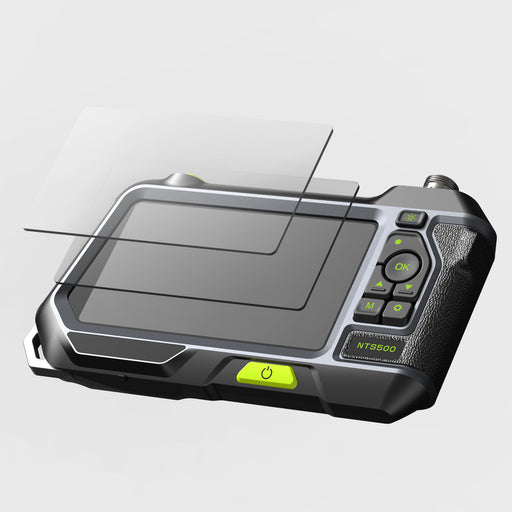
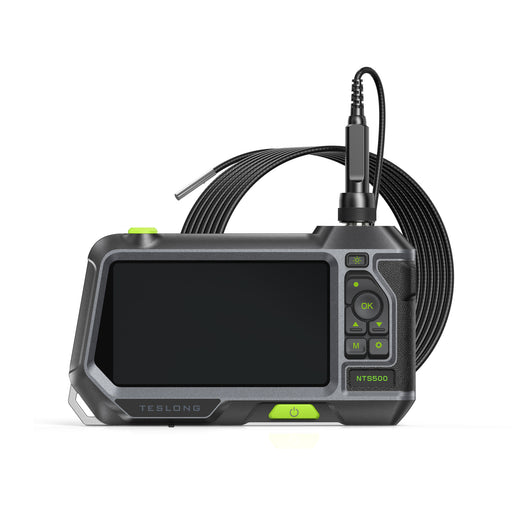
NTS500 Pro Inspection Camera with 5-inch HD Screen
Original price $0.00 - Original price $0.00Original price $0.00$199.99 - $265.99$199.99 - $265.99Current price $199.99Technical Specs MonitorScreen: 5-inch IPS HD DisplayScreen Resolution: 1280x720 pixels (16:9)Image Capturing Resolution: 1920x1080 pixels (JPG)V...
View full detailsOriginal price $0.00 - Original price $0.00Original price $0.00$199.99 - $265.99$199.99 - $265.99Current price $199.99 -
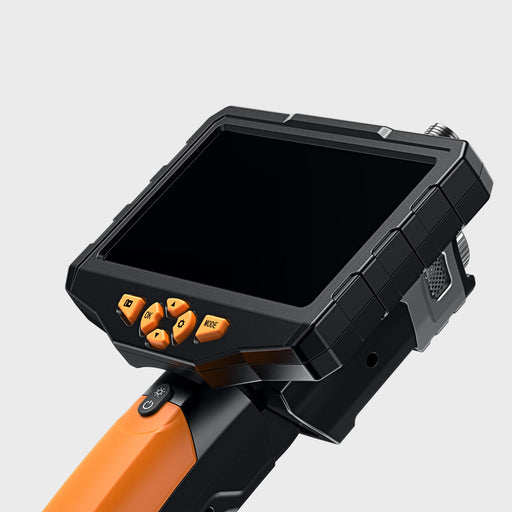
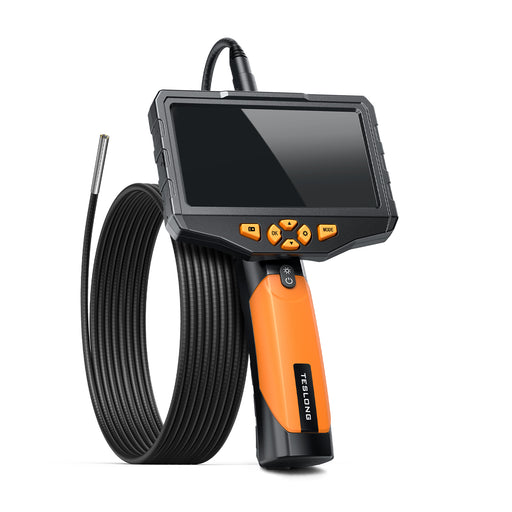
NTS300 Pro Inspection Camera with 5-inch HD Screen
Original price $0.00 - Original price $0.00Original price $0.00$105.99 - $169.99$105.99 - $169.99Current price $105.99Technical Specs MonitorScreen: 5-inch IPS HD DisplayScreen Resolution: 854x480 pixels (FWVGA)Image Capturing Resolution: 1920x1080 pixels (JPG)...
View full detailsOriginal price $0.00 - Original price $0.00Original price $0.00$105.99 - $169.99$105.99 - $169.99Current price $105.99 -
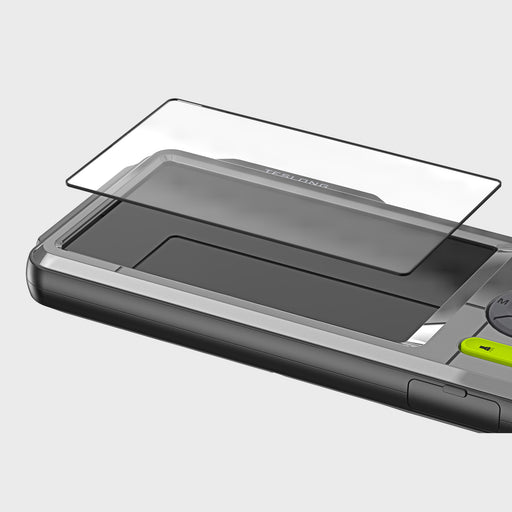

NTS500B Household Inspection Camera with 5-inch Screen
Original price $0.00 - Original price $0.00Original price $0.00$129.99$129.99 - $129.99Current price $129.99Technical Specs MonitorMonitor: 5-inch IPS Color DisplayScreen Resolution: 854x480 pixels (16:9)Image Capturing Resolution: 1920x1080 pixels (JP...
View full detailsOriginal price $0.00 - Original price $0.00Original price $0.00$129.99$129.99 - $129.99Current price $129.99 -
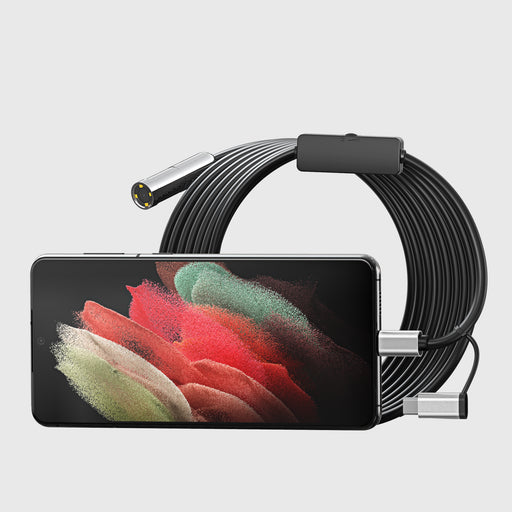
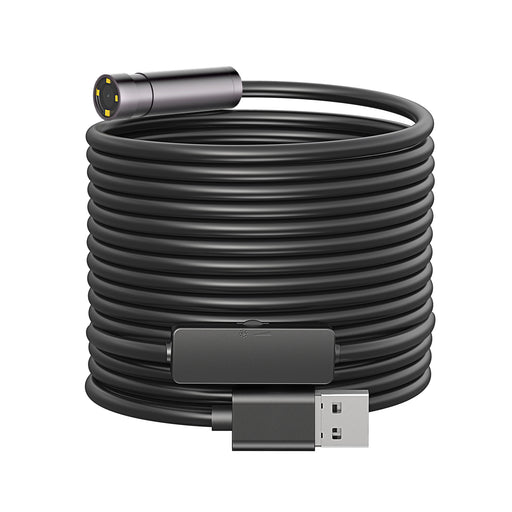 Sold out
Sold out
NTC125 Household DIY Autofocus Inspection Camera
Original price $0.00 - Original price $0.00Original price $0.00$49.99$49.99 - $49.99Current price $49.99Technical Specs Model Number: NTC125Type: Auto-FocusSingle Lens: Straight-viewingDiameter: 0.49 in (12.5 mm)Length: 16 ft (5-meters)Megapixel: ...
View full detailsOriginal price $0.00 - Original price $0.00Original price $0.00$49.99$49.99 - $49.99Current price $49.99Sold out -

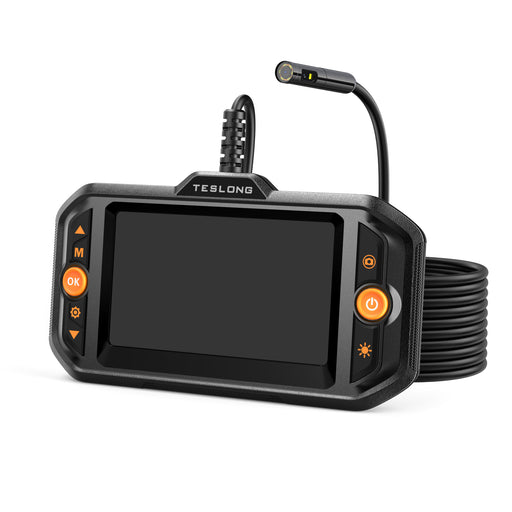 Sold out
Sold out
TS43 4.3-inch Screen Inspection Camera
Original price $64.99 - Original price $64.99Original price$64.99$64.99 - $64.99Current price $64.99Technical Specs MonitorScreen: 4.3-inch LCD DisplayScreen Resolution: 480x272 pixelsImage Capturing Resolution: 1920x1080 pixelsVideo Recording ...
View full detailsOriginal price $64.99 - Original price $64.99Original price$64.99$64.99 - $64.99Current price $64.99Sold out










